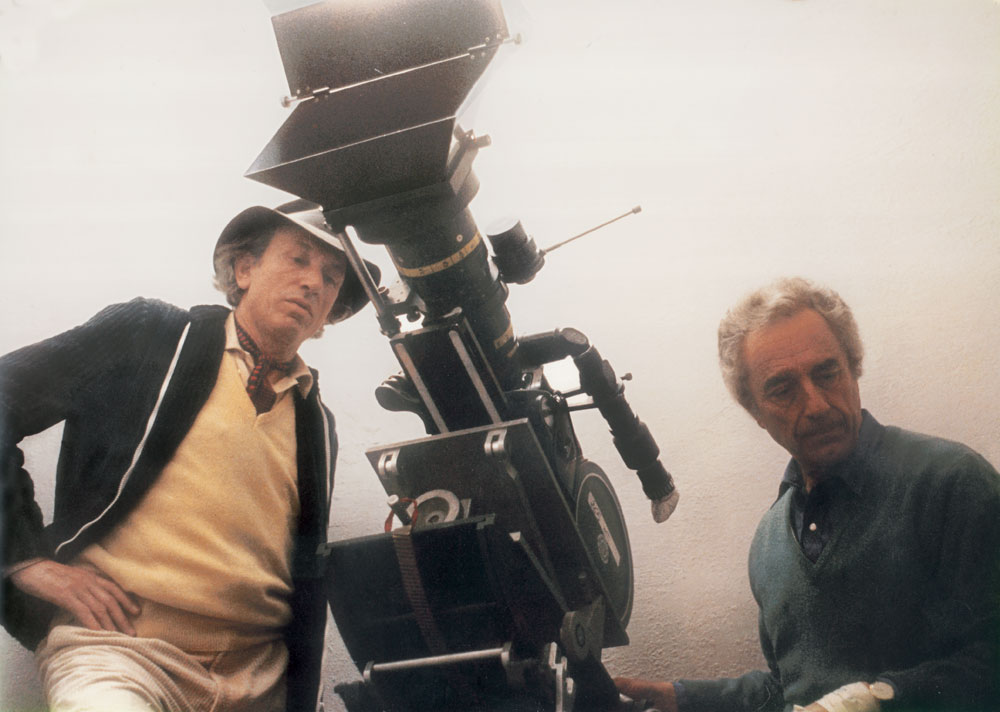One of the modern masters of cinematography and his extraordinary work for directors such as Woody Allen, Elio Petri and Michelangelo Antonioni is the subject of an enlightening new documentary

Carlo Di Palma was a cinematographer, but he was also a sculptor – one of tone and light. So ardently was he the latter that his colleagues recognized that they were not there with him on set to make a film; they were there to make art. Di Palma recognized this too. Early in his career, while working alongside Sven Nyvquist, he stated, “Every film has its own creativity, its own way of seeing, of thinking, of giving light to a value.”
Growing up in the 1930s in Rome, Di Palma would spend his time in the company of streetcar drivers who watched over him while his mother was attending her flower shop. In the summer months, they would give him cups of water mixed with small touches of sugar to increase his energy. It would be a forgettable story, had it not inspired the title of a new documentary, Water and Sugar: Carlo Di Palma, the Colours of Life, directed by Fariborz Kamkari and produced by Di Palma’s wife, Adriana Chiesa.
What emerges from the documentary is that more than anything, Di Palma’s signature was in making colour as essential as storyline. His talent for navigating between the two lay in a belief that evolved even before his prominence in the 1960s: that out of a keen awareness of feeling, great films are born. And he was right. For years – from the early 1940s until the mid-1990s – Di Palma seduced film lovers and captivated those previously unmoved by film through his collaborations with directors including Michelangelo Antonioni and Woody Allen. So much, in fact, that he alone was selected by the Vatican to document the restoration of the Sistine Chapel’s ceiling paintings – a fitting job for a man in search of art.
Water and Sugar: Carlo Di Palma, the Colours of New Life, directed by Fariborz Kamkari, is out now.